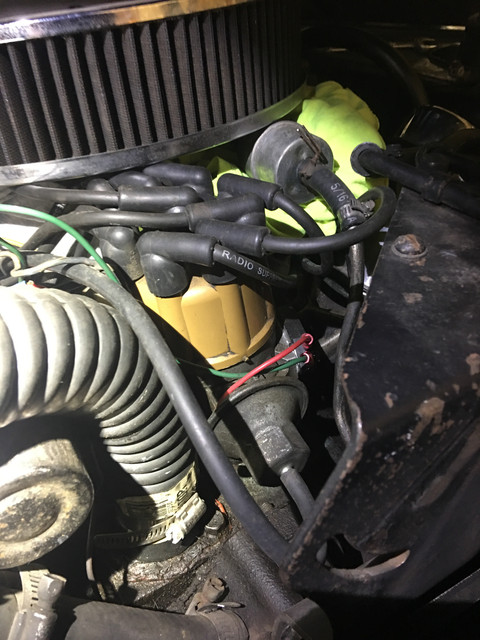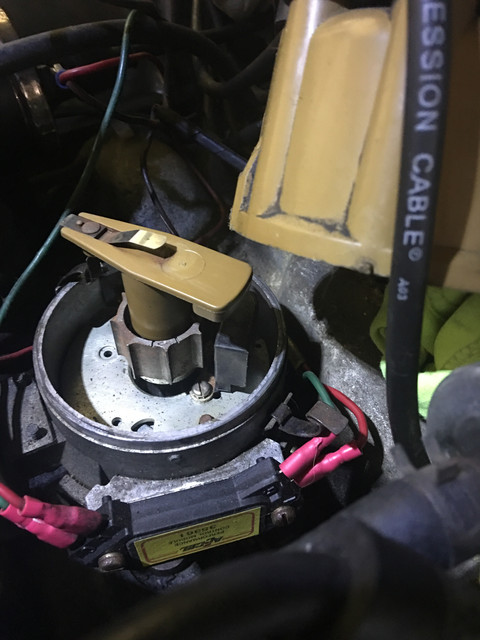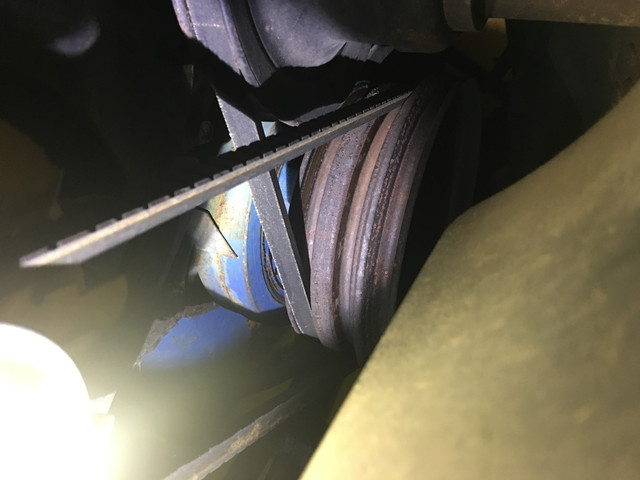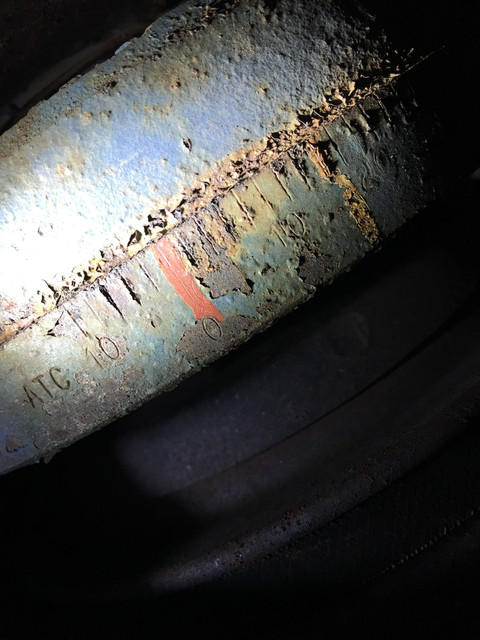- Joined
- Jun 27, 2013
- Messages
- 397
- Reaction score
- 154
- Location
- Zimmerman, MN 55398
- My Car
- 1973 Mach 1
1980 Bronco
A couple modern Fords
I have a couple of questions regarding my ignition system, and I'm hoping you guys can help. I just got a new timing gun the other day and am waiting for a new carb to arrive in the mail so I can set the timing..I've watched a ton of videos on YouTube, I think I understand what to do...however I'm not really sure about the exact components in my mustang. Not sure if I have "points" or electronic ignition? And is this "full vacuum advance"?


bbcode img
Also, when I'm shooting the timing gun this is what I aim at I believe. However, I crawled under and took a good look and I didn't see any marks or degree indications to tell me how close to TDC I am?

Any comments/suggestions would be greatly appreciated!


bbcode img
Also, when I'm shooting the timing gun this is what I aim at I believe. However, I crawled under and took a good look and I didn't see any marks or degree indications to tell me how close to TDC I am?

Any comments/suggestions would be greatly appreciated!





